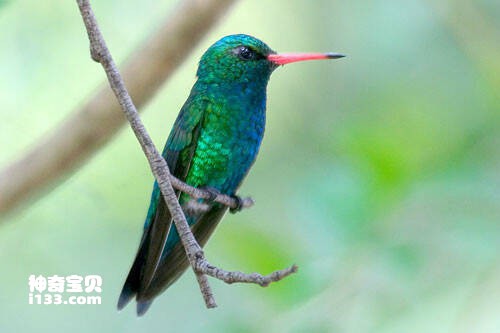
Heliodoxa xanthogonys
Heliodoxa xanthogonys,Velvet-browed Brilliant
The bird is known as Heliodoxa xanthogonys or Velvet browed Brilliant.Protec···
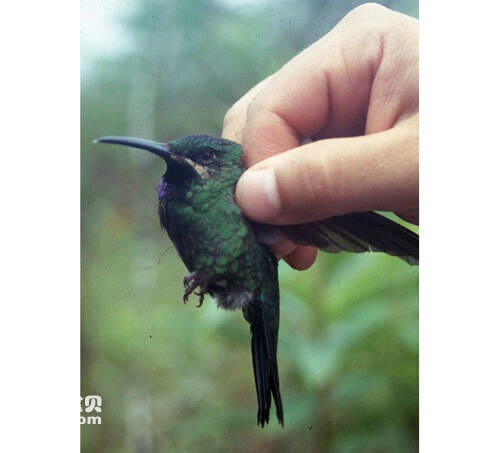
Heliodoxa schreibersii
Heliodoxa schreibersii,Black-throated Brilliant
The Black-throated hummingbird is known as Heliodoxa schreibersii or black-t···
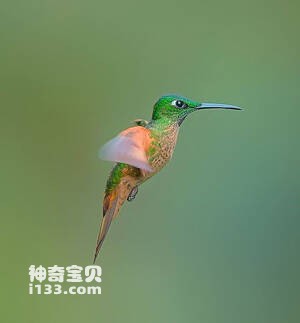
Heliodoxa rubinoides
Heliodoxa rubinoides,Fawn-breasted Brilliant
The bird is known as Heliodoxa rubinoides or Fawn-breasted Brilliant. Its ha···
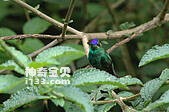
Heliodoxa leadbeateri
Heliodoxa leadbeateri,Violet-fronted Brilliant
Heliodoxa leadbeateri and Violet-fronted Brilliant are unknown.Protect wild ···
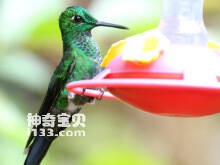
Heliodoxa jacula
Heliodoxa jacula,Green-crowned Brilliant
The bird's scientific name is Heliodoxa jacula, and its foreign name is ···
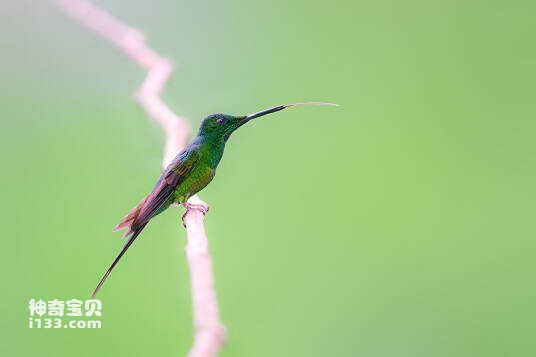
Heliodoxa imperatrix
Heliodoxa imperatrix,Empress Brilliant
The hummingbird's scientific name is Heliodoxa imperatrix, and its forei···
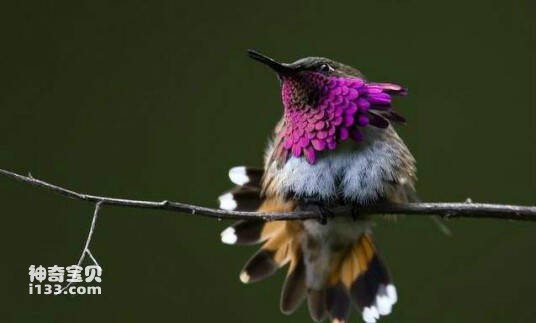
Heliodoxa gularis
Heliodoxa gularis,Pink-throated Brilliant
The bird's scientific name is Heliodoxa gularis, and its foreign name is···
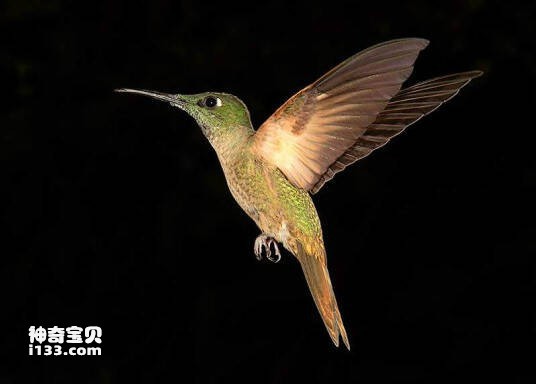
Heliodoxa branickii
Heliodoxa branickii,Rufous-webbed Brilliant
The bird's scientific name is Heliodoxa branickii, and its foreign name ···
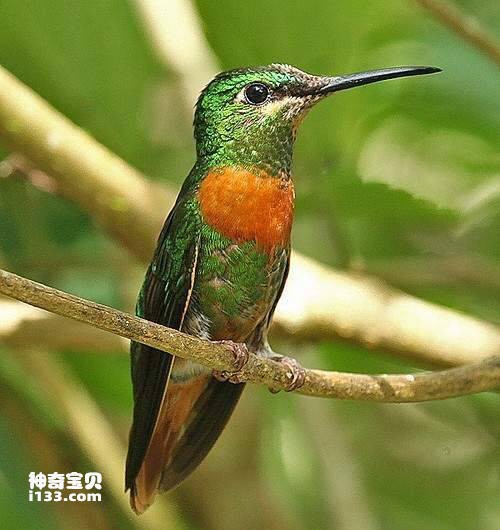
Heliodoxa aurescens
Heliodoxa aurescens,Gould's Jewelfront
Heliodoxa aurescens, foreign name Gould' s Jewelfront. Specific habits u···
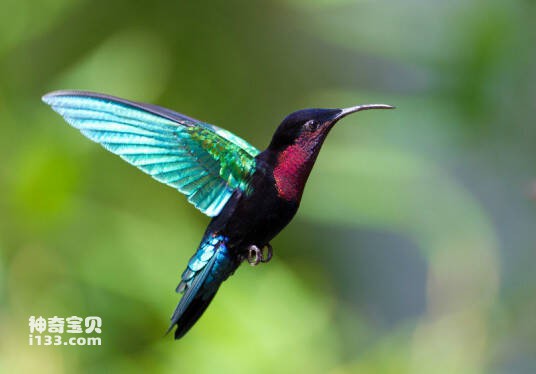
Heliangelus viola
Heliangelus viola,Purple-throated Sunangel
The bird is known as Heliangelus viola or Purple-throated Sunangel.Protect w···
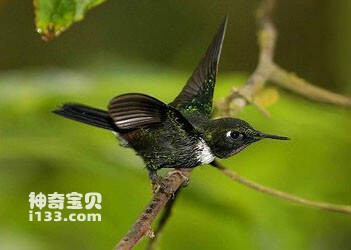
Heliangelus strophianus
Heliangelus strophianus,Gorgeted Sunangel
The Gorgeted Sunangel is Heliangelus strophianus and Gorgeted Sunangel.Prote···
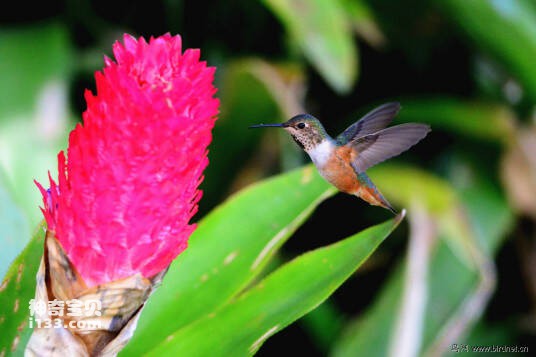
Heliangelus regalis
Heliangelus regalis,Royal Sunangel
Royal collar hummingbird scientific name Heliangelus regalis, foreign name R···
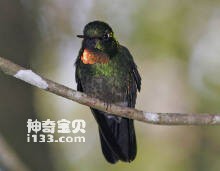
Heliangelus mavors
Heliangelus mavors,Orange-throated Sunangel
The Orange-throated hummingbird is known as Heliangelus mavors or orange-thr···
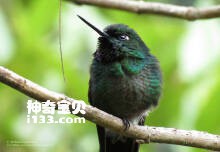
Heliangelus exortis
Heliangelus exortis,Tourmaline Sunangel
The dark green collar hummingbird is known as Heliangelus exortis or Tourmal···

Heliangelus clarisse
Heliangelus clarisse,Longuemare's Sunangel
Longuemare's collar hummingbird (Latin name: Heliangelus clarisse); s Su···
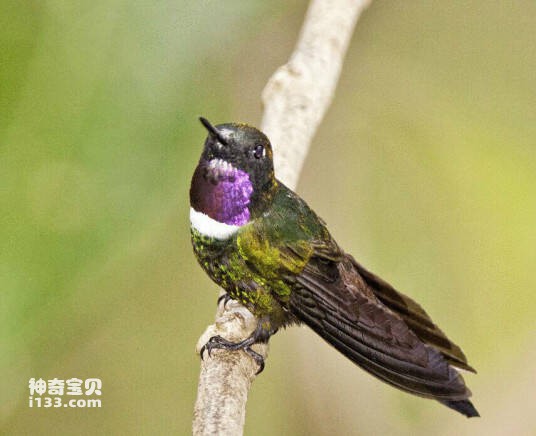
Heliangelus amethysticollis
Heliangelus amethysticollis,Amethyst-throated Sunangel
The bird's scientific name is Heliangelus amethysticollis, and its forei···
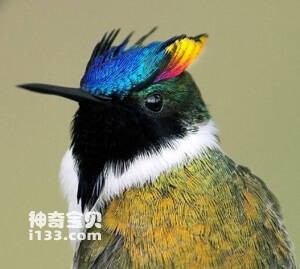
Heliactin bilophus
Heliactin bilophus,horned sungem
horned hummingbird (Heliactin bilophus) horned sungem, no subspecies.Horned ···
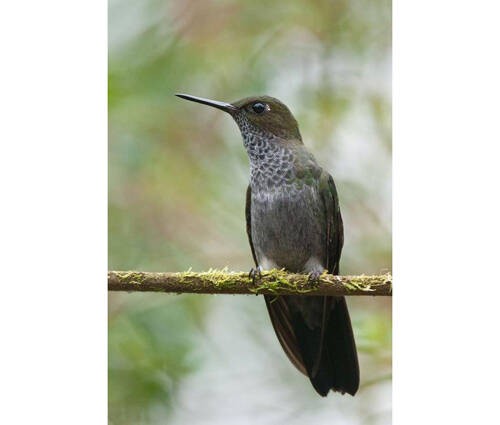
Haplophaedia lugens
Haplophaedia lugens,Hoary Puffleg
The hummingbird's scientific name is Haplophaedia lugens, and its foreig···
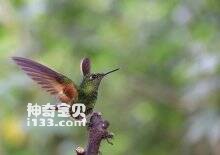
Haplophaedia aureliae
Haplophaedia aureliae,Greenish Puffleg
The Greenish Puffleg hummingbird is known as Haplophaedia aureliae and green···
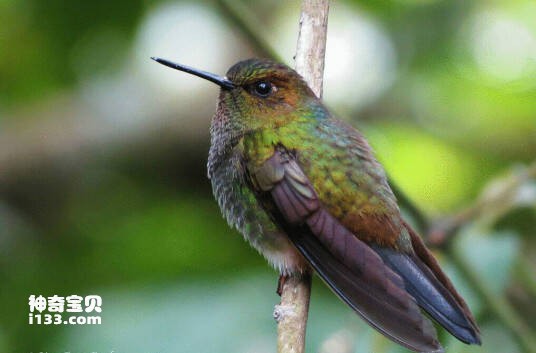
Haplophaedia assimilis
Haplophaedia assimilis,Buff-thighed Puffleg
assimilis Haplophaedia or Buff-thighed Puffleg. Its specific habitat is unkn···
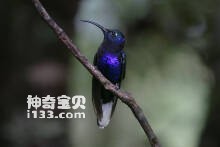
Goldmania violiceps
Goldmania violiceps,Violet-capped Hummingbird
The Violet Hummingbird is known as Goldmania violiceps or violet-capped humm···
